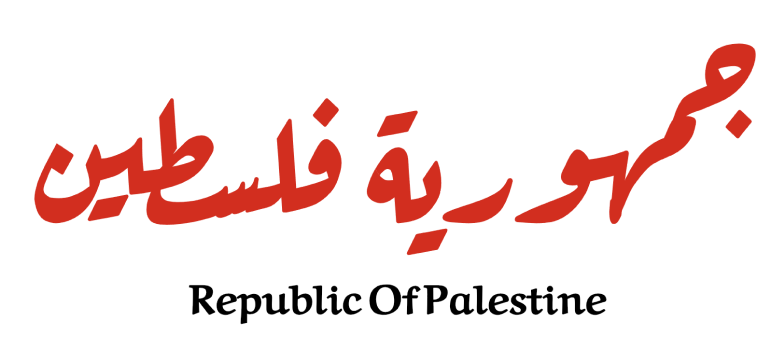Since the fall of the Shah in 1978 and the rise of the religious movement to power, Iranian-American relations have entered a phase of ongoing tension, indirect conflict, and continuous strain. When Trump assumed office in his first term, he unilaterally withdrew from the nuclear agreement signed by the previous Democratic administration in 2015, which had also involved Britain, France, Russia, China, and Germany. This American stance conceals many truths that this article aims to revisit.
With Trump’s return to power earlier this year, and from the perspective of an observer of this complex relationship, particularly with an understanding of Trump’s deal-making mentality, one can say that this relationship encompasses far more than just the Iranian nuclear file. There are five major files at play here, each of which concerns both parties, albeit with differing approaches. The indirect negotiations set to begin tomorrow, Saturday, April 12, 2025, in Oman under Omani mediation, will touch on much more than Iran’s nuclear program. This is a conflict of power balances and interests for both sides, with red lines that cannot be crossed. Thus, the mediator must work to bridge these differing approaches, though in some files, achieving substantial concessions may be impossible. In short, we can identify five key files of mutual concern:
File 1: Iran’s Nuclear Program
This is a highly complex issue. The U.S. has a veto on Iran acquiring nuclear weapons, and Iran has accepted this condition in principle. However, the American demands extend to Iran’s advanced knowledge and technological capabilities in uranium enrichment. These technical capacities and equipment make Iran capable, if it chooses, of joining the nuclear weapons club. The U.S. seeks to dismantle these capabilities, destroy enriched uranium stockpiles, and dismantle the technical infrastructure. Iran absolutely refuses this. Will the U.S. be satisfied with Iran’s pledge not to acquire nuclear weapons? If we refer back to the previous agreement, the answer is yes, provided Iran’s peaceful nuclear project continues and its technical infrastructure remains intact.
File 2: Iran’s Missile Manufacturing Capabilities
Iran is now openly recognized as a state capable of developing and expanding its missile arsenal. The U.S. demands the dismantling and halting of further development of these capabilities. It is likely that Iran will reject this demand and instead offer a pledge not to develop long-range missiles capable of reaching U.S. territory.
File 3: Space Technology
Iran has developed its knowledge in this field by launching its own satellites, some of which have military uses. When linked with Iran’s missile capabilities, this presents a force to be reckoned with in the strategically sensitive Middle East. The U.S. understands that it’s impossible to eliminate Iran’s missile capabilities and must adapt to their existence.
File 4: Iran’s Regional Role and Alliances
This file concerns Iran’s involvement in a regional alliance that has recently confronted both the Zionist entity and U.S. hegemony. The United States has tried, through military support for Israel, to weaken and strike this axis, but it has failed to destroy it. This axis may soon re-emerge to challenge the U.S. imperial project in the region. The Middle East remains volatile, and alliances are fluid. The possibility of a new regional awakening remains on the table. In short, Iran will not abandon its alliances in the region, as they serve as a critical card to avoid isolation and vulnerability. Iran’s historical experience has taught it to distrust agreements and their clauses. These alliances are a key strength, and abandoning them is a red line.
File 5: U.S. Economic Gains
This file raises the question: What can the deal-oriented U.S. gain from relations with Iran? Trump wants to sign a deal that gives American companies exclusive access to future deals with Iran. In the first agreement, which he later revoked, European companies were the main beneficiaries, while U.S. firms were left out. This time, Trump wants U.S. companies to reap the rewards in sectors like oil, gas, and other raw materials that Iran produces or has the potential to produce. Meanwhile, Iran seeks to reclaim billions of dollars frozen in Western, particularly American, banks and to lift longstanding sanctions that have severely hindered its economic development despite its abundance of raw resources.
In conclusion, we are facing a multi-layered relationship in which both parties seek to leverage their strengths to secure their interests. A deal is likely, as the alternative would be mutually destructive — something both sides appear keen to avoid.
Hamdan Al-Dumeiri
Palestinian activist in Belgium
Founding member of the Handala Association in Belgium






